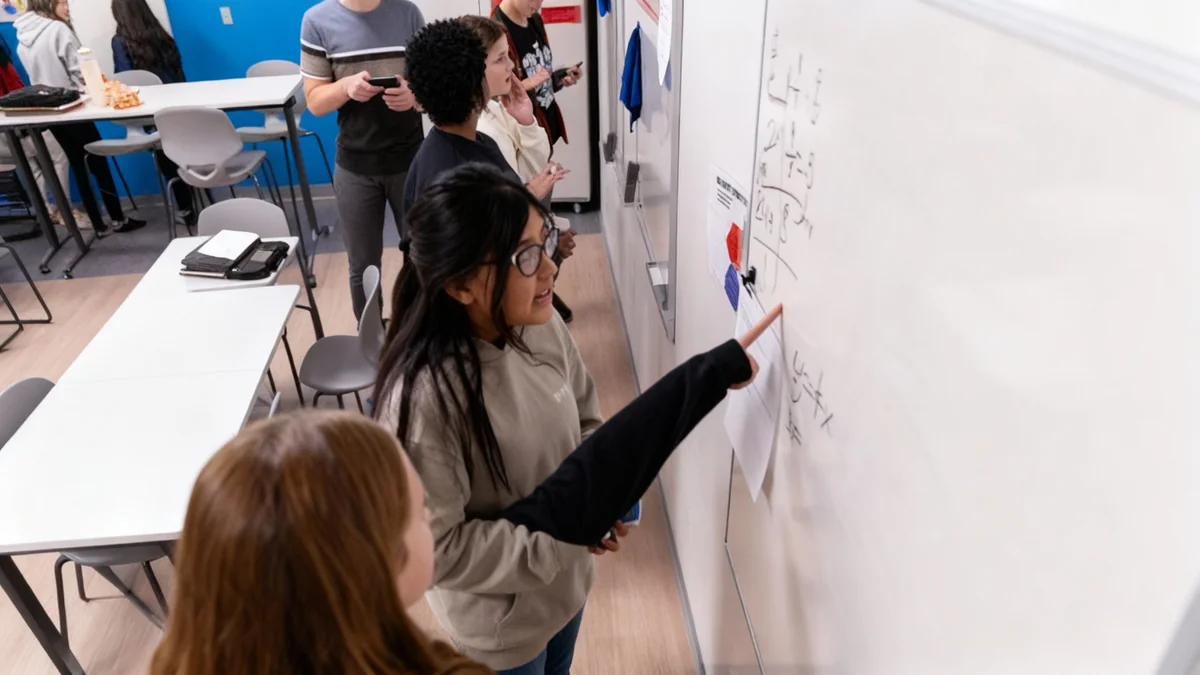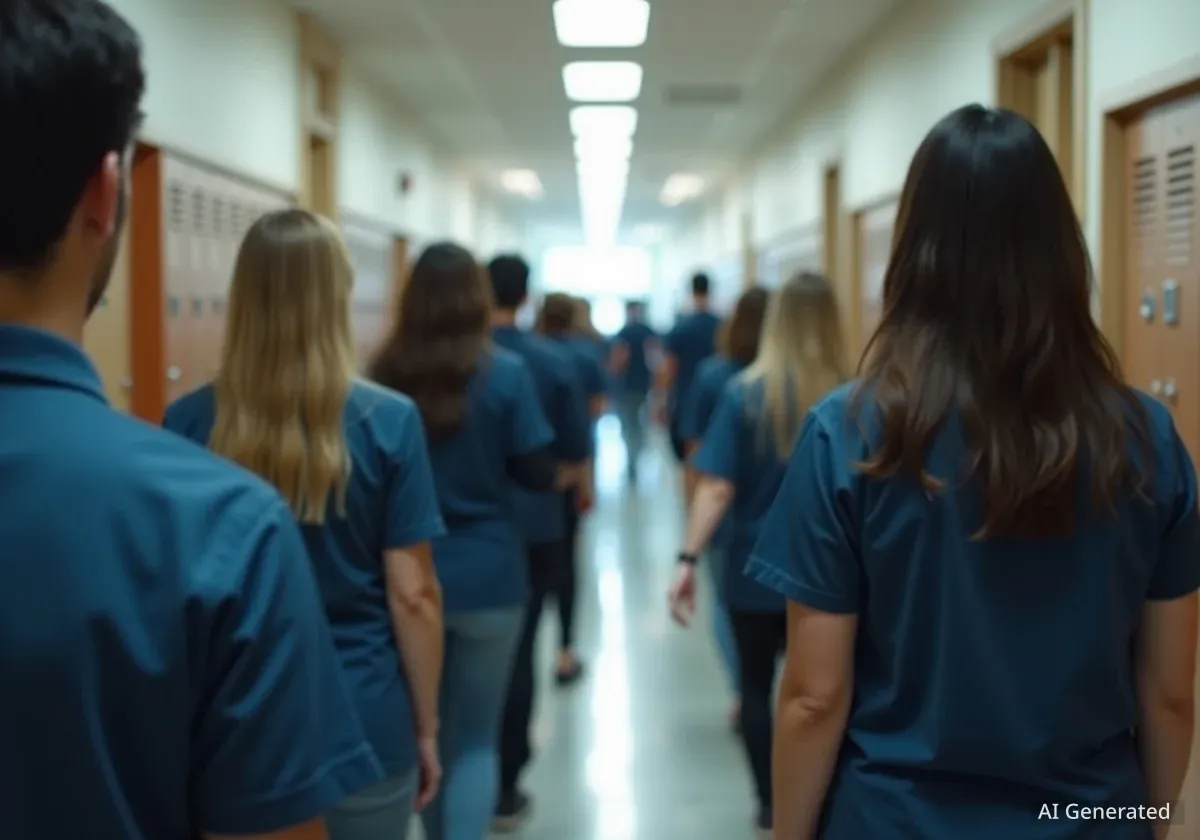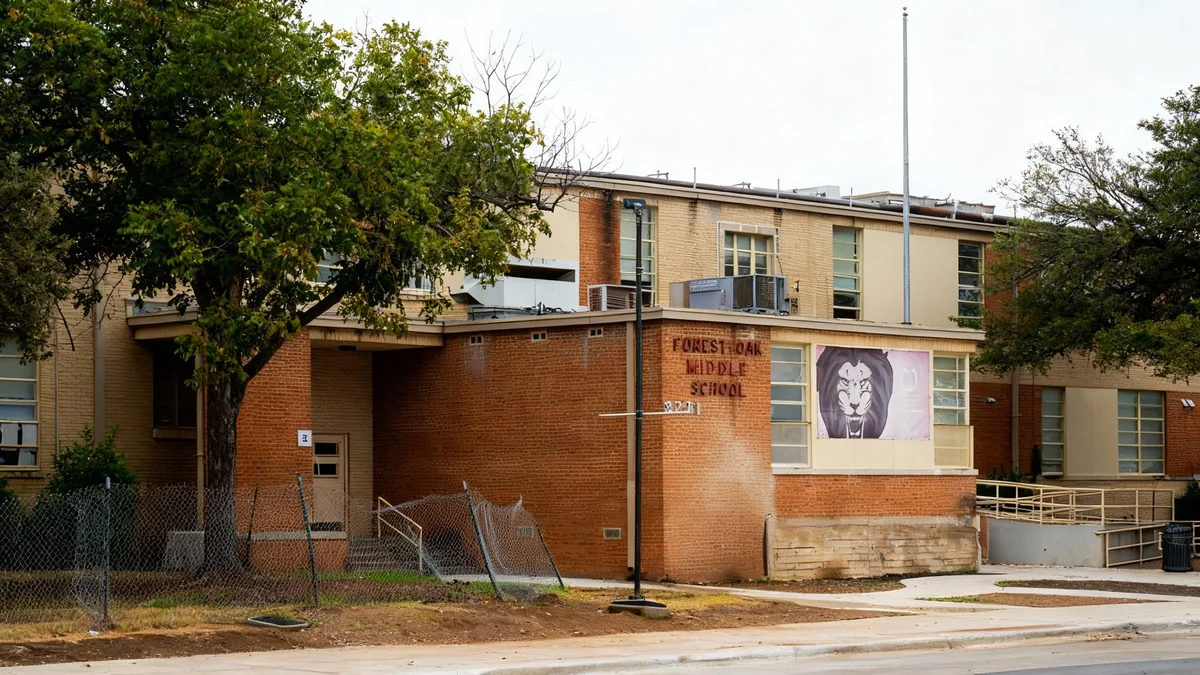Illinois high schools have achieved their highest graduation rate in 15 years, a significant milestone in the state's post-pandemic academic recovery. The data, released as part of the 2025 Illinois Report Card, points to continued growth for students across the state.
However, the positive news on graduation is accompanied by a more complex picture regarding student proficiency. State education officials also introduced new benchmarks for test scores this year, making direct year-over-year comparisons of academic progress more challenging to interpret.
Key Takeaways
- Illinois' high school graduation rate is the highest it has been in 15 years, according to the 2025 Illinois Report Card.
- The data suggests ongoing academic recovery and growth among students following the pandemic.
- New state-level benchmarks for standardized test scores complicate the analysis of student proficiency levels.
- The report provides a detailed look at school performance, from individual schools to statewide trends.
A New High for High School Graduates
State education officials announced the record-high graduation rate on Thursday, highlighting it as a major success for Illinois schools. The achievement reflects the dedicated efforts of educators, students, and families to overcome the disruptions of recent years. This upward trend suggests that strategies implemented to support students are yielding positive results in keeping them on track for graduation.
The increase is seen across various student demographics, though specific data points are still being analyzed by districts. This milestone is a central feature of the annual Illinois Report Card, a comprehensive data release that provides transparency on school performance statewide.
Graduation Rate by the Numbers
The latest figures show a steady climb over the past several years, culminating in the highest rate recorded since 2010. This metric is a key indicator of the overall health of the state's K-12 education system.
Understanding the New Test Score Benchmarks
While the graduation rate is a clear positive, the picture for academic proficiency is less straightforward. This year, the Illinois State Board of Education (ISBE) adjusted the benchmarks used to measure student performance on standardized tests in subjects like math and English language arts.
These changes mean that comparing this year's test scores directly to last year's is not an apples-to-apples comparison. Officials have cautioned that a drop in the percentage of students meeting proficiency under the new system does not necessarily mean students are performing worse. Instead, it reflects a higher standard being set.
Why Change the Benchmarks?
The decision to raise the bar for proficiency aims to better align Illinois' standards with national expectations and ensure students are truly prepared for college and careers. The goal is to provide a more accurate picture of student readiness, even if it makes short-term progress appear less dramatic.
Educators and administrators will now focus on helping students meet these more rigorous expectations. The transition period may show what appears to be a dip in performance, but the long-term goal is to elevate academic achievement across the state.
The Post-Pandemic Academic Landscape
Schools across the nation are still navigating the long-term effects of the COVID-19 pandemic on student learning. Illinois' focus on both graduation rates and raising academic standards reflects a dual approach: ensuring students complete their K-12 education while also pushing for deeper mastery of core subjects.
A Mixed Picture of Academic Recovery
The 2025 Report Card presents a nuanced story. On one hand, the record graduation rate is a testament to the resilience of the education system and its ability to support students through to completion. It is a significant achievement that deserves recognition.
On the other hand, the shift in proficiency benchmarks introduces a layer of complexity. It forces a conversation about what it means to be 'proficient' and how best to measure academic recovery. While growth is evident, the new standards challenge schools to push students further.
"This data shows our schools are making real progress in helping students cross the finish line," one district superintendent commented. "Now, our focus shifts to ensuring that diploma represents a higher level of preparation than ever before."
What This Means for Parents and Students
For families, the Illinois Report Card remains a critical tool for understanding their local school's performance. It provides data on a wide range of indicators, including:
- Student attendance rates
- Teacher retention
- School funding and per-pupil spending
- Performance of different student subgroups
Parents are encouraged to look beyond the headline numbers and explore the full data set for their child's school. The report is designed to be a starting point for conversations between communities and their educational leaders about strengths and areas for improvement.
Looking Ahead: The Path Forward for Illinois Schools
With a new 15-year high in graduation rates, Illinois has a strong foundation to build upon. The challenge now is to align classroom instruction with the new, more rigorous proficiency benchmarks. This will likely involve targeted interventions for struggling students, professional development for teachers, and clear communication with families about the new expectations.
The state's education leaders have expressed confidence that schools are up to the task. The focus remains on accelerating student growth and closing achievement gaps that were widened during the pandemic. The 2025 Report Card, with its mix of celebratory news and new challenges, sets the stage for the next phase of this crucial work.





